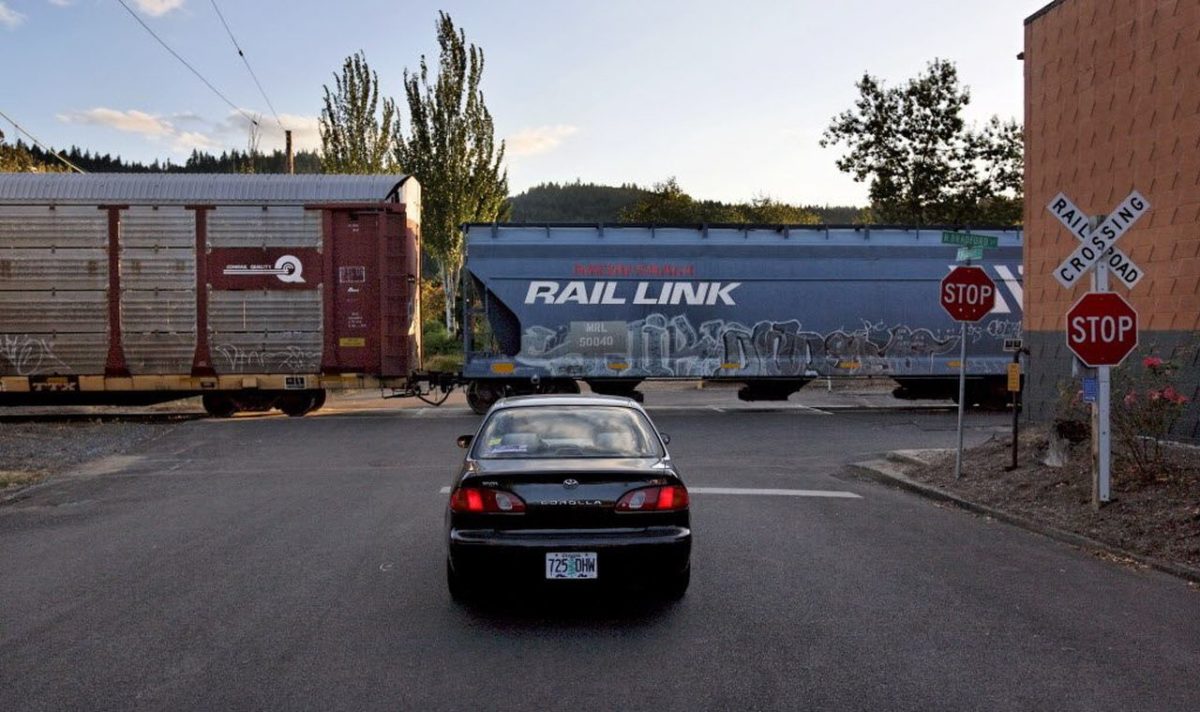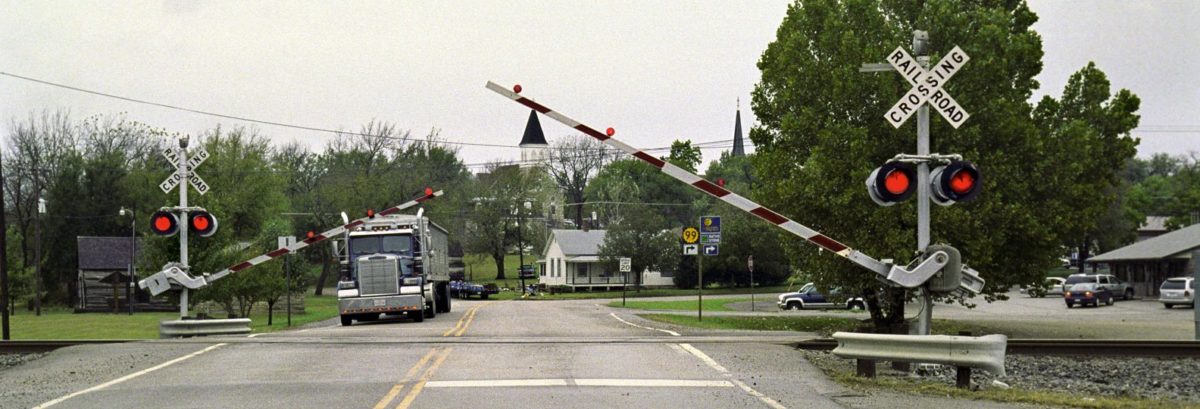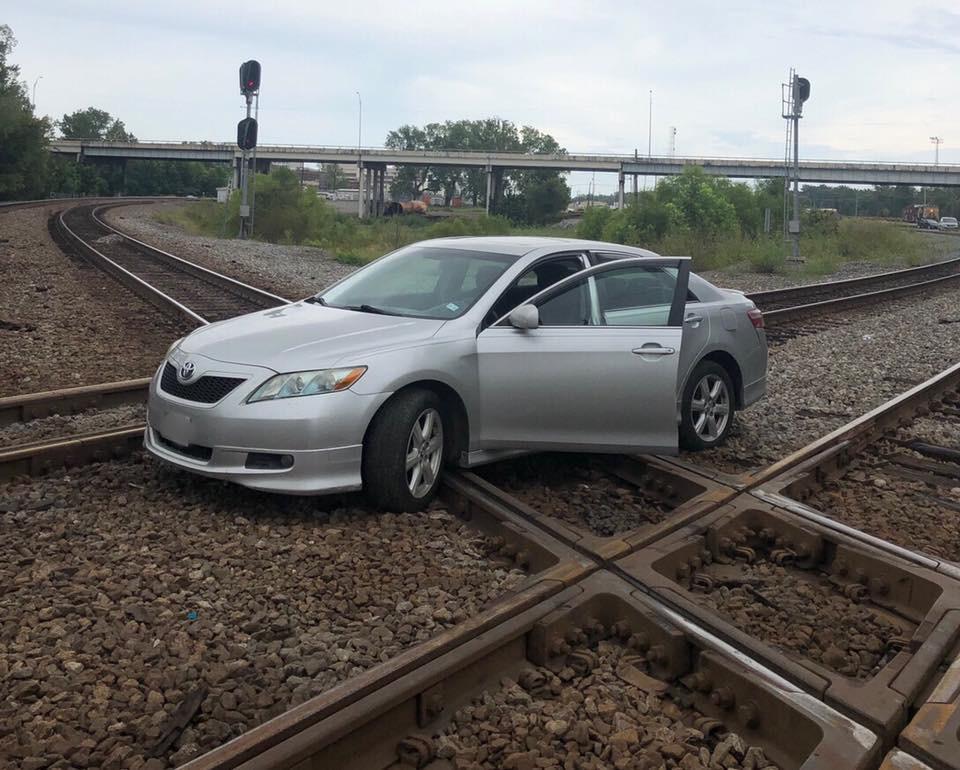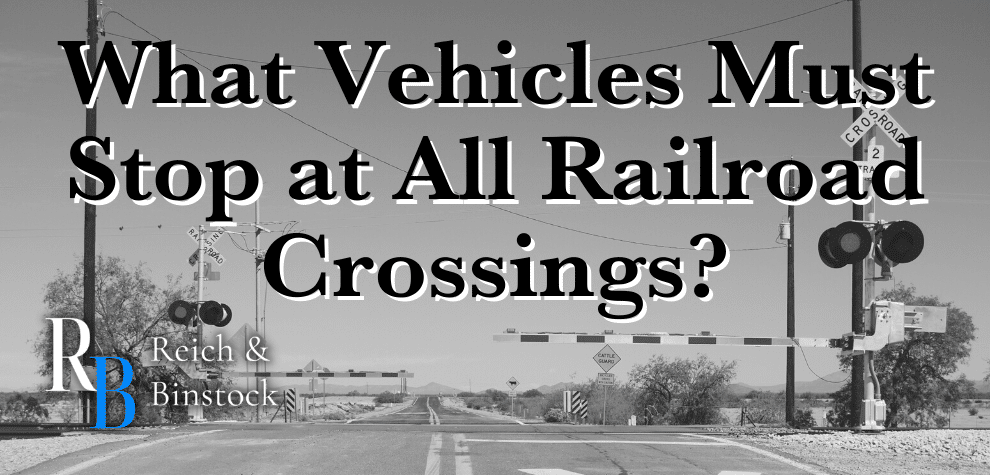Much of our nation is highly dependent on cars, trucks, and other forms of wheeled transportation to make it to and from work. Additionally, many people also drive for work via a bus, van or large semi truck. When we see a railroad crossing as we’re driving, we often slow down to avoid rough bumps or scratches to the underside of our cars. Some drivers, however, are actually required to stop at these crossings. But who does this rule apply to? Are there any exceptions as to what vehicles must stop at all railroad crossings? We cover all this and more in our blog below.
At Reich and Binstock, our Houston personal injury attorneys have extensive experience handling complicated injury cases, even those involving railroad tracks and crossings. Unfortunately, accidents happen for a wide variety of reasons, and victims deserve compensation for their injuries. If you or someone you know suffered injuries in a railroad crossing accident, we’re here for you. To schedule your free and confidential consultation, please call 713-622-7271 or fill out our online intake form today.
Are Trucks Required to Stop at Railroad Crossings?
Certain trucks are required to always stop at railroad crossings. We list these vehicles below.
- Those carrying chlorine or other hazardous materials as listed in the Hazardous Materials Regulations from the United States Department of Transportation must stop at all railroad crossings.
- Any trucks carrying cargo with temperatures above the flashpoint have to stop at railroad crossings.
- Trucks required to have markings with certain placards have to stop at all railroad crossings.
What Other Types of Vehicles Must Stop?
According to the Department of Transportation, if a commercial vehicle is conveying people, such as a passenger bus, the vehicle must stop within 50 feet of the railroad lines but no nearer than 15 feet to watch and listen for an incoming train prior to crossing the tracks. This restriction is in place to keep bus passengers and drivers safe. Below, we include a list of other vehicles that must stop at a railroad grade crossing.
- Vehicle carrying explosive substances
- Large motor vehicle carrying passengers
- School bus carrying passengers
- Certain other commercial motor vehicle classifications
- Certain vehicles carrying passengers for hire, such as a limousine
What Risks Make Trucks More Susceptible to Accidents?
For a variety of reasons, it is critical for truckers to take extra care. These are undoubtedly massive cars. A high capacity large rig, in fact, may weigh up to 40 tons. These trucks can also be four to five times longer than a typical passenger automobile.
Commercial trucks that are fully laden take substantially longer to come to a complete stop than regular cars due to their size and weight. To bring all that bulk to a halt, their brakes must work even harder. When going 55 miles per hour, a normal passenger automobile can stop in around 130 to 140 feet. A loaded commercial vehicle traveling at the same pace would need 190 to 200 feet to come to a halt, or perhaps 450 feet if its brakes are hot from regular usage.
Furthermore, the loud noise produced by strong truck engines might mask the noises of an approaching train, which would otherwise notify the driver of a smaller, quiet vehicle. For these reasons and others, it is critical that drivers of certain commercial vehicles exercise particular vigilance to avoid truck/train collisions by coming to a complete stop at all railway crossings and scanning both directions before proceeding.
Do I Have to Stop at Every Railroad Crossing?

No, but it is highly recommended that you slow down before driving over the tracks. This allows you to look both ways for an oncoming train before crossing. There are signs that should warn you of approaching railroad tracks. When you see these signs, prepare to stop if necessary.
Always be prepared to stop for a train, as they more than likely won’t be able to stop for you. Additionally, it is never a good idea to stop on the tracks of a railroad. By the time a conductor can see you, it is far too late for a train to stop. If you encounter heavy traffic, never wait on the tracks for traffic to move forward. Wait behind the tracks at an appropriate distance until you can cross the tracks of a railroad without stopping.
Before all railroad crossings, a stop line, an X, and the initials RR may be painted on the road. These indications advise you to be aware of the approaching crossing and to pay special attention to the possibility of a train approaching.
If you see flashing red lights at a crossing, this always indicates an approaching train. Signals indicating a train mean that you must stop at railroad crossings. After you come to a complete stop, wait for the crossing gates to lift before proceeding. Even if the gates are up, always look both ways before crossing.
What Vehicles Are Exempt from Stopping at a Railroad Crossing?
A certain track or tracks may have an exemption sign indicating that vehicles need not stop at that crossing. In these cases, traffic at that particular crossing is powered by a traffic control signal. Such railroad crossings as these have an advantage: the traffic control signal directs traffic in the event of an oncoming train.
Exempt signs are meant to notify drivers of commercial motor vehicles conveying people or hazardous items that they are not required to stop at certain specified railroad crossings unless rail traffic is approaching or utilizing the crossing or the driver’s vision is impeded.
Why Do Trucks Have to Stop at Railroad Crossings?

It’s important to understand the reasoning behind stopping before a railroad track. The biggest, most important reason is this: safety. Especially for large vehicles carrying passengers or dangerous materials, this is even more important. Trains are heavier and harder to stop than even a fully loaded semi truck. By the time a train sees you, it is almost certainly too late for them to stop. Even big rigs don’t stand a chance against trains.
What Should You Do if Your Vehicle Stalls on a Railroad Crossing?

The FMCSA has recommendations for what to do if your car stalls on the tracks of a railroad grade crossing. We list these steps below.
- Immediately exit your vehicle. Don’t waste any time doing this. Trains often take a mile or more to come to a complete stop, so time is of the essence.
- Move away from the tracks, but toward the direction of the oncoming train. When trains collide with vehicles on the track, they send dangerous debris outward in the same direction the train is traveling in.
- There should be an emergency phone number and DoT crossing identification number posted nearby. Find this information as quickly as you can.
- Call the emergency number or a local police officer. Let them know that your car has stalled on the train tracks. Provide your location, the crossing number, and the name of the road or highway you’re on.
Why Should You Never Walk on Railroad Tracks?
Railroad tracks are not public paths. They are private property. Walking on the rails is unlawful unless you’re at a marked crossing. Walking, running, or driving along the train tracks, or even beside them, is exceedingly risky. Trains go both ways and at all hours of the day and night. You simply don’t know when a train may be approaching. When you’re using headphones or earbuds and can’t hear the indicators or train horn, it’s very perilous.
Contact a Houston Trucking Accident Attorney Today
At Reich and Binstock, we’ve seen our fair share of accidents involving trains, semi trucks, and passenger vehicles over the years. These tragedies result in not only loss of life, but also destruction of property, catastrophic injuries, and mountains of expenses. If you suffered injuries resulting from a railroad crossing accident, you need a Houston truck accident attorney on your side. To schedule a free and confidential consultation, please call our office at 713-622-7271 or fill out our online intake form.













